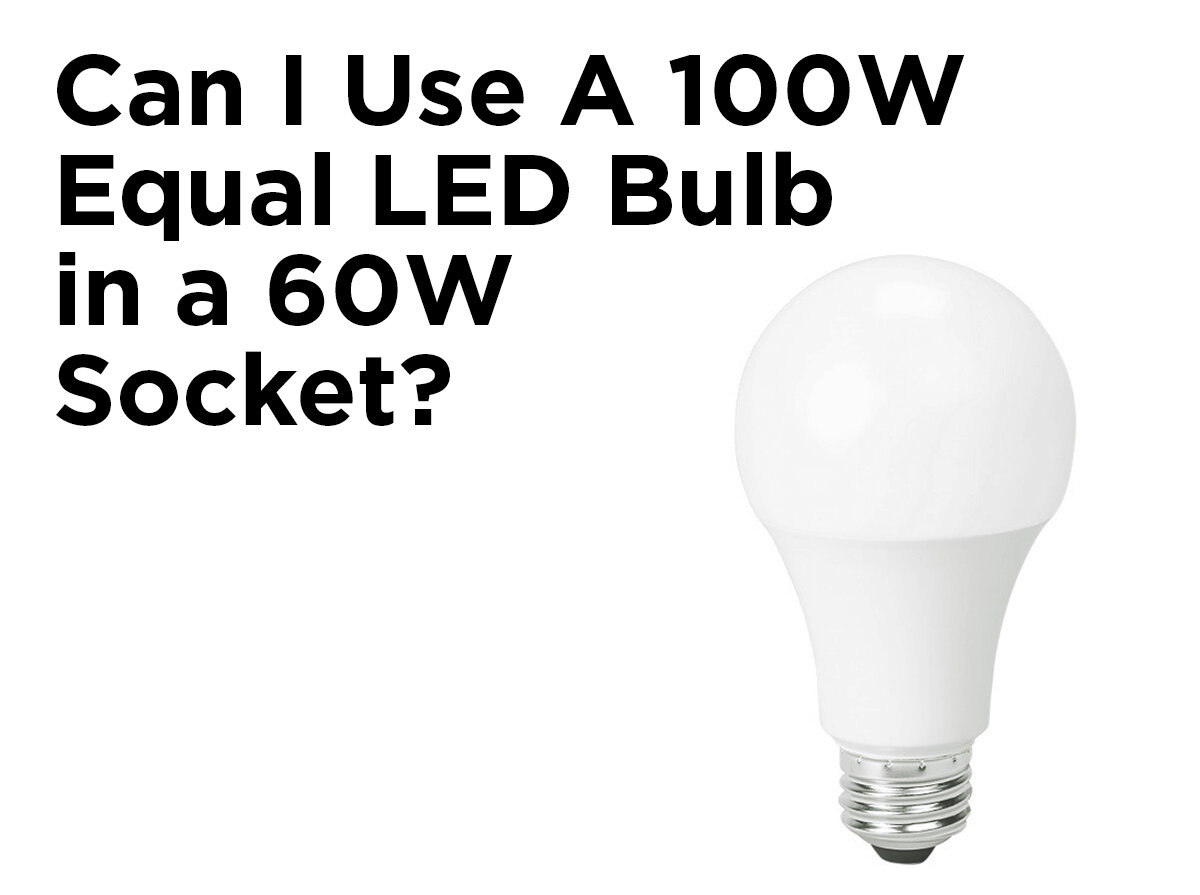Five Things To Know Before Buying LEDs
Whether you care about saving energy or the environment (or you just like to be the most technologically savvy member of your group) you’ve taken an interest in LED light bulbs. At the very least, you’ve heard of them because of the EISA light bulb ban or have seen them advertised in your local department store. Regardless, you’re ready to try out your first LED bulb, and you want to make sure you get what you need. While we have an excellent LED Light Bulb Buyers Guide on our site to help you get started, it doesn’t discuss some of the most common mistakes people make when replacing their old bulbs with LEDs or offer advice on how to avoid them. That’s where this article comes in.
1. The Lighting Facts Label
The number one reason people are dissatisfied with their LED purchase is because they simply bought the wrong bulb. Often, consumers complain that the color quality or brightness of their new LED does not measure up to that of their old incandescent, and sometimes they complain about dimming capability. Most likely, these consumers did not know what to look for on their new bulb’s Lighting Facts Label. To make sure your new LED emits a color and quality equivalent to that of your old incandescent, buy a bulb with a matching CRI, color temperature, and lumen rating. If you want a bulb that is dimmable, the bulb MUST say that it is dimmable on the packaging—otherwise, it is safer to assume the bulb is not made to be dimmed and should not be connected to a dimmer.
2. Lumens, Not Watts
In relation to the first point, it is important to pay attention to lumens rather than watts when buying LEDs. It’s easy to go to the store and pick up a 60-watt equal LED thinking it will be a direct equivalent in brightness and quality to the 60-watt incandescent you’re replacing. However, this is not always the case. The brightness of lights is actually measured in lumens, not watts as is commonly believed, and there is no industry standard for wattage-equivalent values based on lumens. To choose the correct replacement for your incandescent bulb, you must match the lumen value of your old incandescent light bulb to the lumen value of a prospective new LED. Check out our chart below to learn the average amount of lumens for popular incandescent bulbs. (We also have an article detailing how many lumens you need to light certain rooms.)
3. Some LEDs Emit Directional Light
Before buying a new LED, be aware that some LEDs may emit directional light if not specified otherwise. Many LED bulbs have light-emitting diodes that all shine in one direction, resulting in a bulb that directs most of its light toward the top of the bulb. If you place this type of bulb in a table lamp, most of the light will end up on the ceiling with very little being reflected down onto the table where you want it. However, in an attempt to make LED bulbs more like incandescent bulbs, omnidirectional LED lighting is becoming more common. This type of lighting distributes light evenly around the bulb, usually by bouncing the light off reflective plates inside the bulb. If you are looking for a replacement bulb that emits all-around light rather than light that focuses on a limited area (such as a flashlight or a reflector bulb), be sure to purchase an omnidirectional LED bulb.
4. LEDs Are Aging Bulbs
A lesser-known fact about LEDs is that as they get older, they don’t just burn out. Their light output depreciates over time—meaning they grow dimmer as they age. Today, most LED light bulbs should last for at least 25,000 hours with at least 70 percent of the brightness from when they are new. Since below 70 percent is the point at which the industry decided the decrease in brightness is excessive, this point is referred to as L70. This number is determined through Illuminating Engineering Society (IES) LM-80 testing procedures and should be listed on your bulb's packaging as Life Hours.
To be more specific, L70 is a calculation of the lumen depreciation of the LED after it has lived through 70% of its life expectancy. For example, if an LED had a lumen output of 1000lm when it was brand new, but now it produces 700lm after 30,000 hours, then a lumen depreciation of 30% occurs at 30,000 hours, or the L70 is 30,000 hours. When buying a new LED, be aware that your bulb will dim as it reaches the end of its rated life, whether that’s 30,000 or 100,000 hours, and it will be time to replace your bulb.
5. Not All LEDs Are Created Equal
Ever since energy-efficient lighting became a national priority, LEDs have been rising out of the woodwork with the promise of replacing incandescent bulbs with light that provides the same level of brightness while using less power. However, as you may have already noticed, not all LED bulbs are created equal. There are many brands of LED bulbs on the market that don’t live up to their promises or properly adhere to industry standards. For this reason, it’s best to go with a trusted manufacturer, such as Soraa, Cree, Green Creative, TCP, Kobi, or even PLT bulbs, when buying a new LED light bulb. These brands offer numerous case studies, customer reviews, and warranties to back up their claims, so you can feel rest assured that you’re buying a superior and reliable product.
Overall, LED light bulbs are a great investment. They help you save on your energy bill, they conserve valuable resources, and they will ultimately become commonplace in homes and businesses. However, it’s important to educate yourself before you buy LEDs so you can be sure to make your investment in the right LEDs. Have any questions about what we discussed in this article? Let us know on Facebook, Twitter, LinkedIn, Pinterest, or Instagram!








